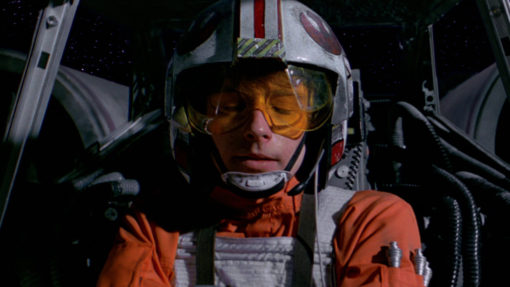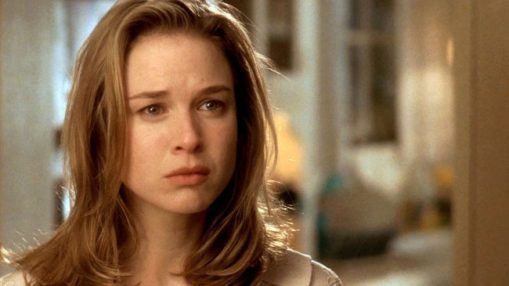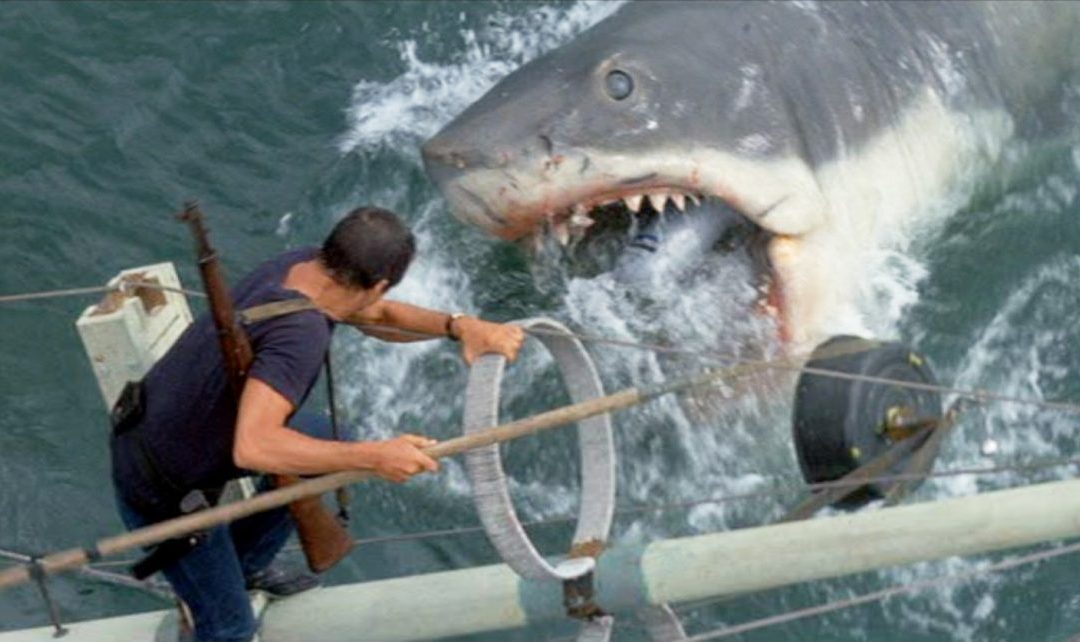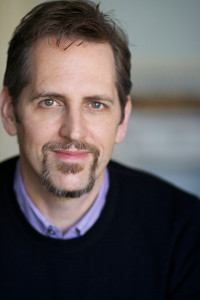In the past I’ve blogged a lot about first acts – their beginnings, middles and ends, and about how second acts start, evolve, and end in a crisis.
But until now I haven’t blogged about third acts — the final quarter of a screenplay or story, assuming you’re using a traditional “three act structure” approach. (The kind that the Save the Cat “beat sheet” talks about.)
That’s for a couple of reasons. The first is that writers tend to get that the third act needs to be a big climax with lots of conflict and a decisive resolution, that wraps up everything that was set in motion prior. And so I tend to see fewer major vexing problems with how writers approach third acts vs. first and second acts.
The other reason is that I tend to focus on getting the overall idea for a story right, and see that as really difficult and rare to achieve. This “overall idea” tends to be more about the first and second acts, vs. how it all resolves in the third. And if the first and second act are really solid, most of the writer’s battle has been won, and there are a variety of ways one can strategize the third act, and revise if necessary to improve it, while keeping the first two as they are.
But having said that, I do see certain recurring “third act issues” in scripts, and want to point out what I think are best practices to keep in mind!
Make the Third Act difficult
In the rush to resolve everything with some new opportunity or plan that emerges at the “Break into Act Three,” writers often make the process of finally solving the story problem a straight line toward rather easy victory for the main character in the third act. And we never want things to come easily in a script!
This is supposed to be the climax of the movie, meaning the hardest/worst thing the main character has ever had to face or go through. It really is a “final battle” and the biggest of them all, whether it’s an action movie (where this is easy to visualize) or a comedy or drama. Whatever the main problem of the story has been, this is where it comes to a head once and for all. And it should have maximum conflict and difficulty.
Blake Snyder addressed this in Save the Cat Strikes Back when he suggested a “rescue the princess” metaphor with 5 steps to it, as a further breakdown of his “finale” concept for third acts. In that metaphor, there’s a “high tower surprise” in the middle where things suddenly fall apart, and force the main character to have to “dig deep” to resolve them, in one final push.
This “digging deep” aspect leads to the second key aspect of a third act:
Complete the Inner Journey
What I’ve talked about so far is the external problem that takes the whole movie to solve, and has high life stakes. Hopefully your story has one! Because if it’s only really about an internal journey — a need for the character to grow in some way — without a big enough three-act external gauntlet consistent with a genre, then you could have problems exciting people with it.
Having said that, we do typically want a big arc of transformation of some kind, whether it’s for the main character or other characters they affect. But this should be a by-product of the external challenge, which is what forces them to consider changing in some way. And it’s this “dig deep” moment in the third act where they finally really do it, because they have to. Luke Skywalker has to “trust the force,” for instance, in Star Wars: A New Hope.
But this can’t seem easy and automatic. It can’t be forced. The audience has to really buy it. That means this need for change and possibility of change has been explored throughout the first two acts and builds believably to a head at this point. (In Luke’s case, that means learning about the force, practicing it, questioning it, but not fully trusting it yet.)

Continuing on that note…
Tie up everything, clearly and believably
Whatever conflicts and problems have been explored prior — and whatever unanswered questions have been raised — the third act needs to resolve them all. And the audience has to be convinced and satisfied, somehow, that everything is now resolved, for better or worse.
This also shouldn’t be rushed or forced. And it can take a little time to bring everything to an acceptable conclusion. The process of getting there should be filled with conflict, difficulty and emotion, somehow, and the audience should have a clear sense at the end of what life will be like moving forward. Often that means a scene or two after the climactic final battle is over that show how the external situations and inner character struggles have really changed and are in a new place now. (And finally at this point you don’t need conflict, if it’s literally the last scene of the movie.)
Just like you might need a prologue set in the past at the beginning of a script, you might need to jump to later in time to do this convincingly. And just like in the first act, using dialogue to tell the audience what’s happened or how things are now is usually the least effective way. You want to “show it,” instead.
Don’t forget the B Story
The “B Story” is typically about a key relationship that has its own conflict that takes the whole story to resolve. That means it also has a third act — and so does any other secondary story or subplot. Often I see scripts where a B Story relationship is permanently resolved (either for good or bad) right before the third act, which then focuses only on the “A Story.” Instead, I recommend giving any secondary stories their own “crisis” at the end of Act Two that looks potentially permanent, and then their own “final battle” in the third act, interwoven with the “A Story.”
This interweaving can be tricky, because it’s harder here to just pause one story and turn to another, and then come back to the first one. That’s because you want to:
Keep a sense of climactic urgency
When we get to this point in a story, there’s a sense of accelerated momentum. Typically all the characters come together in one big extended sequence that is fun to watch and has lots of visual spectacle. (Like the Monday Night Football game in Jerry Maguire.) The third act is not the time to have characters pause, contemplate, or relax. It’s not the place to have time pass, or to jump ahead in time. Instead we usually want to compress time and find a way for everything to resolve in one big explosive extended battle of some kind that’s exciting to watch. And somehow this resolves all the stories without feeling like we’re fully stopping one to go to another. (Note how Jerry Maguire rushing to the “You had me at hello” scene of the “B Story” feels connected to the “A Story” and continuing its urgency even though it’s kind of separate.)

One final thought…
My last point about third acts really pertains more to the first two. The third act should not be the place where the conflict and problems really kick in for the first time. This is a very common issue in scripts. Writers tend to know the third act needs to bring in all the big genre elements and highest stakes, with lots of entertainment value for the audience. So if one part of their script will have those, it will be this ending section. But if that’s the only place that has them, it’s too late. Instead we want to introduce all those elements and have a sense of pitched battle starting at the beginning of Act Two (if not earlier), and keep building and complicating things throughout, so that Act Three is not the beginning of all that — just the apotheosis of it.



All very sound, and useful advice. Thank-you.
Always insightful.
Brilliant points Erik. Thank you. The B story having its own climax and getting the timing right (while staying connected) is such a looked over aspect.
So helpful Erik, it’s like you tap into the subconscious battles of our writing.
Cheers.
Glad you found it useful, Tim – thanks for the comment!
Great insights and tips Erik. I think too often we think of Act III as merely coming in for a landing, but you make it clear that it has to be structured, with twists and turns – not only for the A story but the B story too. Very helpful as usual!
Thanks so much Barry!
I read somewhere some time ago that mathematicians working complicated new equations strive to make them “elegant”. That is, to strip them down, not of complexity, but to simplicity of presentation.
This little article teaches structure more simply and clearly than any other article I’ve read. It’s elegant, easy to understand, and worth studying. Thank you.
That is so great to hear – thank you for the feedback, Carol!